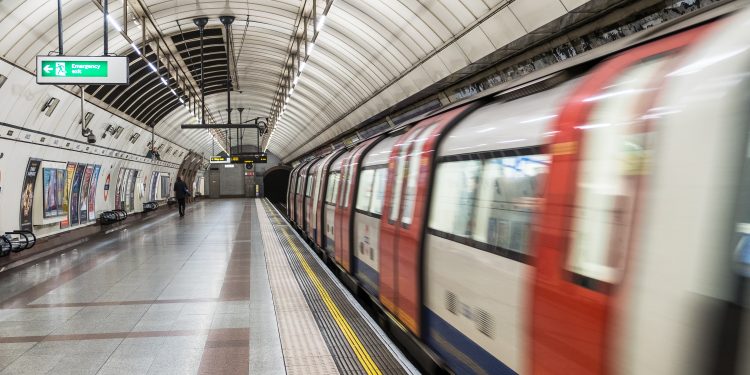For commuters and visitors, taking public transit often requires waiting in long lines to purchase tickets and reload cards, deciphering different fare types, and navigating the transit system itself. More transit operators around the world are rolling out new contactless fare payment systems, making it easier and more convenient for riders to tap their credit or debit card or mobile phone to pay. According to Visa’s 2022 Future Of Urban mobility survey, 91% of public transport users worldwide expect transit services to offer contactless fare payment options, and 45% prefer to make contactless payments for their transit fares.
Transport for London (TfL) was one of the first transit systems to accept contactless payments over a decade ago. Today, contactless payments make up 71% of all pay as you go trips on buses, Tube and rail services in and around London, and 25% of taps are made using a mobile device.
New York’s Metropolitan Transportation Authority (MTA) reported that its contactless OMNY fare payment system had been tapped more than one billion times by customers last week. OMNY was rolled out across the entire MTA system in 2020, comprising 472 subway stations, 204 local bus routes, and 31 express bus routes. Nearly half of all subway ride are bought with Apple Pay, Google Pay, or a tap of a credit/debit card, with 2 million riders tapping daily.
Riders can also use contactless payments with Chicago’s Ventra, Dallas’ DART, Portland’s TriMet, and several other U.S. transit systems. Many global cities worked with Visa, Mastercard, and transit technology firms, such as Cubic and Masabi, to launch new contactless fare payment systems recently, including Mexico City, Lisbon, and Venice.
In addition to contactless payments, some transit agencies are exploring other new payment technology. Jacksonville Transportation Authority customers can now use Cash App to purchase tickets on the MyJTA mobile app. South Korea’s Seoul Metro is testing a “tagless” fare payment system using Bluetooth Low Energy (BLE) technology and mobile sensor devices to automatically charge a fare to payment card stored on a rider’s smartphone. It enables Seoul Metro riders to pay for their tickets by walking through a fare gate without tapping a card or device. Similarly, Genoa’s Azienda Mobilità e Trasport (AMT) launched a hands-free Bluetooth ticketing feature with its GoGoGe app that allows users to pay for their trips without having to take their devices out of their pocket or bag.
Contactless and other digital payments improve efficiency and cost savings for transit operators and customers. Transit agencies reduce costs associated with maintaining ticket vending machines, printing fare media, and cash handling. More important, contactless payments help drive increased transit ridership. Transit customers especially like fare capping that many contactless fare payment systems offer. Fare capping limits how much a rider pays for their total rides in a day, week, or month. Visa’s survey found that 61% of transit users would be encouraged to use transit services more frequently if fare capping was offered. For commuters, it eliminates the need to tie up funds on a monthly pass, and for new riders, it can speed up the boarding process by reducing confusion over how to pay.










